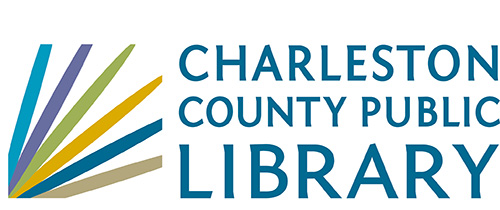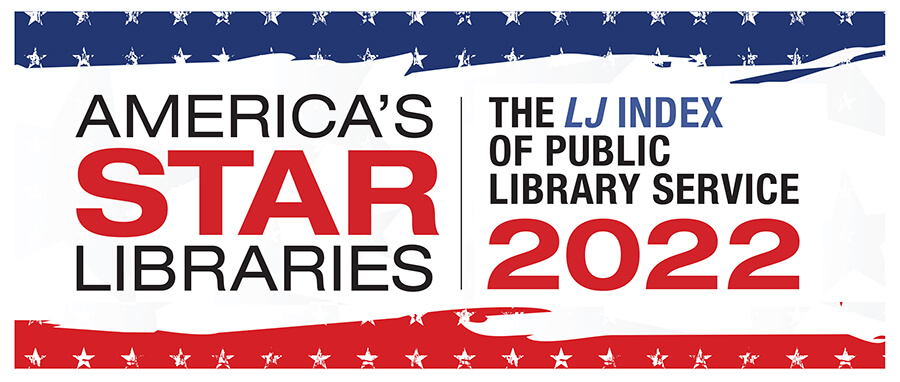Menu
×
West Ashley Library
9 a.m. - 7 p.m.
Phone: (843) 766-6635
Wando Mount Pleasant Library
9 a.m. - 8 p.m.
Phone: (843) 805-6888
Village Library
9 a.m. - 1 p.m.
Phone: (843) 884-9741
St. Paul's/Hollywood Library
9 a.m. - 8 p.m.
Phone: (843) 889-3300
Otranto Road Library
9 a.m. - 8 p.m.
Phone: (843) 572-4094
Mt. Pleasant Library
9 a.m. - 8 p.m.
Phone: (843) 849-6161
McClellanville Library
9 a.m. - 6 p.m.
Phone: (843) 887-3699
Keith Summey North Charleston Library
9 a.m. - 8 p.m.
Phone: (843) 744-2489
John's Island Library
9 a.m. - 8 p.m.
Phone: (843) 559-1945
Hurd/St. Andrews Library
9 a.m. - 8 p.m.
Phone: (843) 766-2546
Folly Beach Library
Closed
Phone: (843) 588-2001
Dorchester Road Library
9 a.m. - 8 p.m.
Phone: (843) 552-6466
John L. Dart Library
9 a.m. - 7 p.m.
Phone: (843) 722-7550
Bees Ferry West Ashley Library
9 a.m. - 8 p.m.
Phone: (843) 805-6892
Baxter-Patrick James Island
9 a.m. - 8 p.m.
Phone: (843) 795-6679
Miss Jane's Building (Edisto Library Temporary Location)
Closed
Phone: (843) 869-2355
Edgar Allan Poe/Sullivan's Island Library
Closed for renovations
Phone: (843) 883-3914
Main Library
9 a.m. - 8 p.m.
Phone: (843) 805-6930
Mobile Library
9 a.m. - 5 p.m.
Phone: (843) 805-6909
Today's Hours
West Ashley Library
9 a.m. - 7 p.m.
Phone: (843) 766-6635
Wando Mount Pleasant Library
9 a.m. - 8 p.m.
Phone: (843) 805-6888
Village Library
9 a.m. - 1 p.m.
Phone: (843) 884-9741
St. Paul's/Hollywood Library
9 a.m. - 8 p.m.
Phone: (843) 889-3300
Otranto Road Library
9 a.m. - 8 p.m.
Phone: (843) 572-4094
Mt. Pleasant Library
9 a.m. - 8 p.m.
Phone: (843) 849-6161
McClellanville Library
9 a.m. - 6 p.m.
Phone: (843) 887-3699
Keith Summey North Charleston Library
9 a.m. - 8 p.m.
Phone: (843) 744-2489
John's Island Library
9 a.m. - 8 p.m.
Phone: (843) 559-1945
Hurd/St. Andrews Library
9 a.m. - 8 p.m.
Phone: (843) 766-2546
Folly Beach Library
Closed
Phone: (843) 588-2001
Dorchester Road Library
9 a.m. - 8 p.m.
Phone: (843) 552-6466
John L. Dart Library
9 a.m. - 7 p.m.
Phone: (843) 722-7550
Bees Ferry West Ashley Library
9 a.m. - 8 p.m.
Phone: (843) 805-6892
Baxter-Patrick James Island
9 a.m. - 8 p.m.
Phone: (843) 795-6679
Miss Jane's Building (Edisto Library Temporary Location)
Closed
Phone: (843) 869-2355
Edgar Allan Poe/Sullivan's Island Library
Closed for renovations
Phone: (843) 883-3914
Main Library
9 a.m. - 8 p.m.
Phone: (843) 805-6930
Mobile Library
9 a.m. - 5 p.m.
Phone: (843) 805-6909
Patron Login
menu
Item request has been placed!
×
Item request cannot be made.
×
 Processing Request
Processing Request
Africa in U.S. Educational Materials: Thirty Problems and Responses.
Item request has been placed!
×
Item request cannot be made.
×
 Processing Request
Processing Request
- Author(s): Hall, Susan J.; African-American Inst., New York, NY. School Services Div.
- Publication Date:
1977- Document Type:
Reports - Research - Publication Date:
- Additional Information
- Availability: African-American Institute, 833 United Nations Plaza, New York, New York 10017 ($3.00 paper cover)
- Peer Reviewed: N
- Source: 65
- Subject Terms: African Culture; African History; African Literature; Area Studies; Bias; Case Studies; Citations (References); Cultural Awareness; Educational Needs; Elementary Secondary Education; Ethnic Studies; Ethnocentrism; Geography; History; Language Styles; Postsecondary Education; Teaching Methods; Textbook Bias; Textbook Content; Textbook Evaluation; Textbook Research
- Subject Terms:
- Abstract: Many American educational materials present biased or inaccurate views of Africa. Although these problems are found in a range of media, this study examines printed matter only. A representative sampling of materials indicates that four approaches are generally used in a study of Africa: geographical, historical, cultural, and case study. An overview illustrates problems within each of these four categories. Although the trend in the study of geography has been to present man's interaction with his environment, African texts still discuss only the country's physical aspects. Historical materials are often slanted; for example, they often favor European colonialism without considering the African's point of view. Culture is portrayed not as different and valid, but rather as exotic and strange. Case studies contain large amounts of descriptive information with little analysis. Generally, too many materials offer a superficial treatment of Africa in language that has condescending or negative overtones. As a solution to such problems, African sources should be consulted when preparing materials. Bibliographies for both educators and students are included in this booklet. (KC)
- Publication Date: 1977
- Accession Number: ED142449
- Availability:
Contact CCPL
Copyright 2022 Charleston County Public Library Powered By EBSCO Stacks 3.3.0 [350.3] | Staff Login


No Comments.